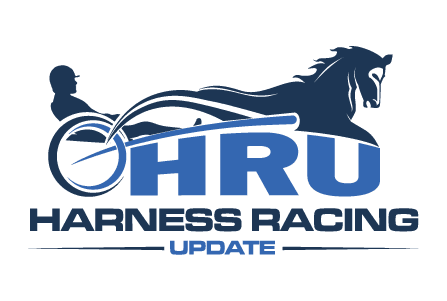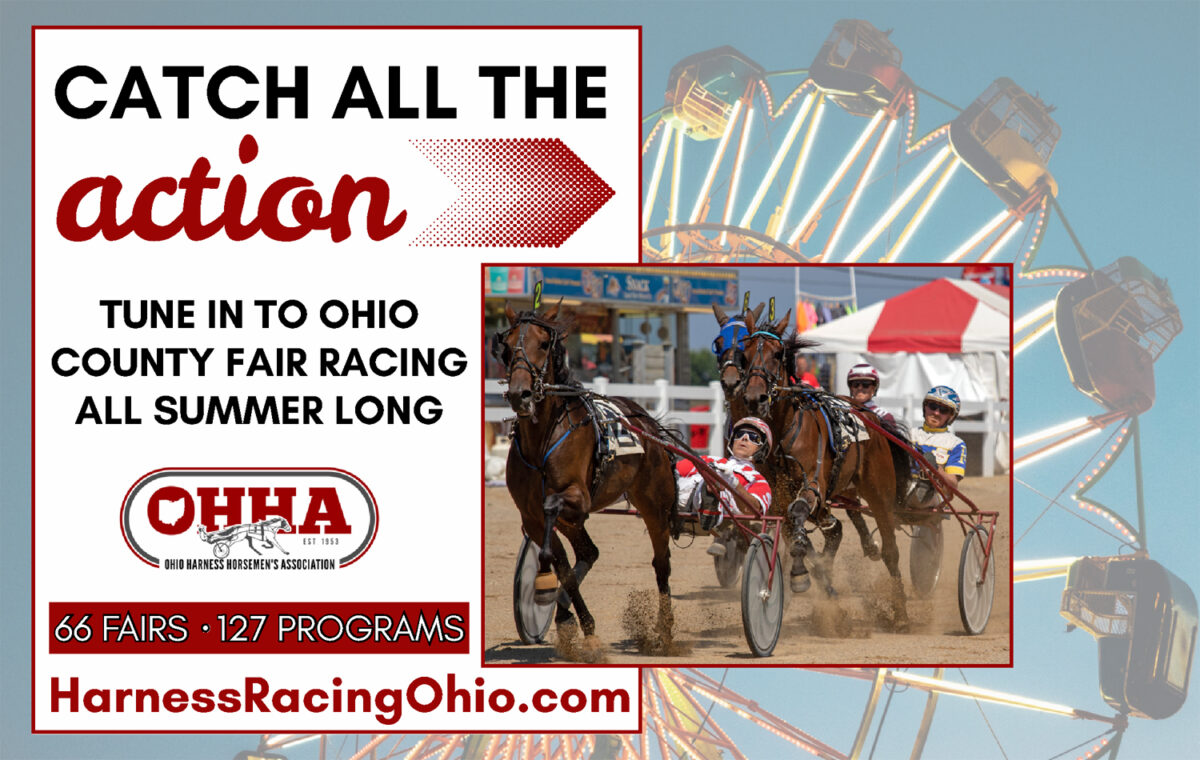Harness racing summarily ended in California
After over five decades, racing will end today at Cal Expo.
by Nicole Kraft
The last remaining light of harness racing on the West Coast will soon go dark, as racing at Cal Expo — the only operating harness track in California — will be summarily ended after more than 50 years.
The California Exposition and State Fair Board voted Friday (March 25) to terminate its lease agreement with Cal Expo operator Watch and Wager LLC. The termination takes effect May 2, the final scheduled race date of the current season.
In a press release, Cal Expo cited rising costs and a “changing landscape” as reasons for its decision.
“Harness racing has been a cherished part of our history, and we are grateful to the passionate community that has supported it over the years,” Tom Martinez, chief executive officer of Cal Expo, stated in the release. “However, it is our responsibility to ensure Cal Expo remains viable and can continue serving the people of California.”
USTA director Chris Schick, who has worked tirelessly for years to keep California racing alive, said he was surprised not by the announcement itself, but by the speed at which the decision was made.
“I thought we had another year,” Schick said. “Instead, we were given notice that there were three days of racing left. After 54 years, we got kicked to the curb for some unknown reason.”
Cal Expo harness racing began in 1971 and is likely the longest-running sport in Sacramento history. Its heyday came in the mid-1970s when Lloyd Arnold took over operations, later expanding to run racing meets at both Cal Expo and Los Alamitos.
By 1977, Cal Expo — then known as Golden Bear Raceway — was home to the fastest race mile in history when Arnold’s Warm Breeze traversed the track in 1:53.1. It later drew packed crowds and showcased major performers such as 1983 Hambletonian heat winner Joie De Vie and world champion Falcon Seelster, as well as prominent horsemen like Joe O’Brien, Jerry Silverman, and Ross Croghan.
Harness racing in California suffered after the closure of Hollywood Park in the 1980s and later lost stalwarts like Bay Meadows and Los Alamitos. Attempts to sustain meets at Del Mar and the Los Angeles County Fairgrounds at Pomona faltered, and the state’s horse population and breeding industry diminished throughout the 21st century.
By 2012, when Cal Expo entered into an agreement with Watch and Wager LLC to operate the fall and winter harness meets, it was the only harness track to operate in the state. The agreement was extended several times, most recently running through 2030.
At its peak, Cal Expo hosted racing dates from May through August, but the 2025 season shrank to just 39 dates. According to Schick, Watch and Wager paid $2,500 per night in rent, plus reimbursables including security, maintenance, electricity, trash removal, and satellite wagering operations, totaling approximately $30,000 per month.
Schick said the facility never lost money, since it was paid for its services and would have been dark and dormant without harness racing.
The exposition, however, maintained a contractual out clause.
Schick explained that the lease allowed Cal Expo to terminate racing operations with six months’ notice if it opted to leave the racing business.
Warning signs grew earlier this year. In March, Cal Expo announced the suspension of its annual summer thoroughbred meet — a California State Fair staple for more than a century — due to the collapse of the horse population after the 2024 closure of San Francisco’s Golden Gate Fields.
Harness participants flooded a March board hearing, emphasizing the devastating economic and human impact of closure — from horsemen and hay suppliers to maintenance crews and the broader Sacramento economy. No action was taken after that meeting.
Schick said he had no warning that Friday’s meeting would bring the final decision, until an executive session scheduled for 90 minutes stretched to over two hours.
“I knew there was something serious going on,” he said.
For Schick, the greatest concern is the fate of the people who have called Sacramento home, including those living at the Cal Expo trailer park and local property owners. Many horsemen spend summers racing at Running Aces in Minnesota, and California had developed a reciprocal breeding and sires stakes arrangement with the state to support both jurisdictions.
Among those now displaced is Luke Plano, who started racing in 1999 but grew up in the Golden State harness scene alongside his father, Rick Plano, one of California’s all-time leading horsemen.
“It’s a hard pill to swallow,” said Plano, who currently has 10 racehorses and two yearlings to break. “This is home for me. I’ve been here every winter since I was old enough to race horses.”
He, too, worries about the future of the California racing community, including long-time trainers Bob Johnson, Jim Wilkinson, and Chip Lackey.
“Those guys still have homes here,” Plano said. “What are they supposed to do? It’s a lot to go somewhere totally new and start over.”
The Cal Expo barn area is scheduled to close May 10. Under the lease agreement’s six-month notice provision, Watch and Wager will technically retain possession of the facilities until November — even though horsemen will need to vacate much sooner.
“That is how California harness racing will probably end — forever,” Schick said.

















